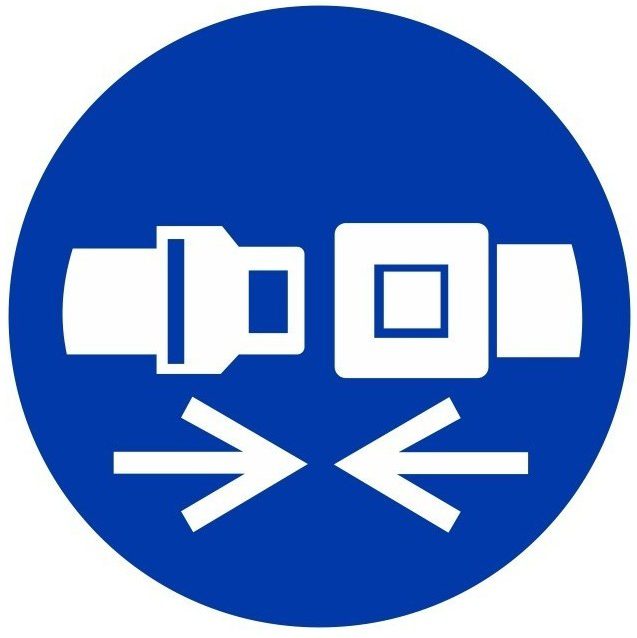Visitor? Resident? Traveller!!!
I’m neither a visitor, nor a resident in digital environments. I am a traveller. And I am travelling to fight my reactance.
I want to be honest with you. I am not a genuine blogger – it feels a little bit weird for me to share reflections, whether I feel they are worth sharing or not. But: I will give it a try. And there we go:
I must admit as a learner and a teacher I realized, especially over the last months, that I define myself rather as a teacher for psychology, not a content manager (Kellermann, 2021). This course is a chance for me to fight my own reactance (Brehm, 1966). Reactance occurs when a person feels that someone or something is taking away their choices or limiting the range of alternatives. I became a psychologist because I am into people. And I became a teacher because I want to interact with people. Yes, I know… of course is digital communication also a form of interaction. But there’s not chit-chat when getting a cup of coffee during a break (I tried so hard to establish that in a digital teaching environment – doesn’t work), there’s no spontaneous variation of social learning activities I can establish just because the situation develops. As a teacher, I sometimes feel like an avatar of myself in purely digital environments, like a content manager or learning facilitator. That might be since I am teaching courses on human interaction at the workplace – in a purely digital context that sometimes feels like a skiing lesson online. How do I carry out a lesson on interview techniques using an asynchronous digital teaching format? And again: Yes, I know… there is no one size fits all. Content, method, and digital learning environment need to match. This is, where this course enters the stage: time to convince me! 😉
In digital environments I am neither a visitor nor a resident (White & LeCornu, 2011), I’m a traveller. You know that feeling. Sometimes you enter a hotel room and instantly feel “at home”, at other places, you do not even want to put any personal item on any surface, even though the room is perfectly clean and hygienic, neatly and practically furnished. It is other factors that decide if you stay in a visitor or resident mode: the company you are traveling with, the destination you are at, the purpose of your trip or your service experience when checking in. I use this analogy to illustrate that it is dependant on contextual factors if I feel like diving into digital environments in a resident mode or if I prefer to pack my bags as soon as my duties in this place is fulfilled. I can fill the quarter that remains empty in White’s (2014) model on residents and visitors in personal vs. institutional contexts. I use ResearchGate a lot – isn’t that a digital institutional residency? You are welcome to share your thoughts on that as a comment! But there we are again, like right at the beginning of this post: I only feel like leaving traces if I get the impression that I have something to share that is an added value to others – not because of the trace itself.
Thanks for reading until here. It is my first blog post ever.
White, D. (20149. Visitors and Residents. https://www.youtube.com/watch?v=sPOG3iThmRI [retrieved 12 April 2021]
Brehm, J. W. (1966). A theory of psychological reactance. Academic Press.
White, D. & Le Cornu, A. (2011). Visitors and residents: A new typology for online engagement. First Monday, 16(9).
Kellermann, D. (2021). Academics aren’t content creators, and it’s regressive to make them so. https://www.timeshighereducation.com/opinion/academics-arent-content-creators-and-its-regressive-make-them-so [retreived 12 April 2021]

